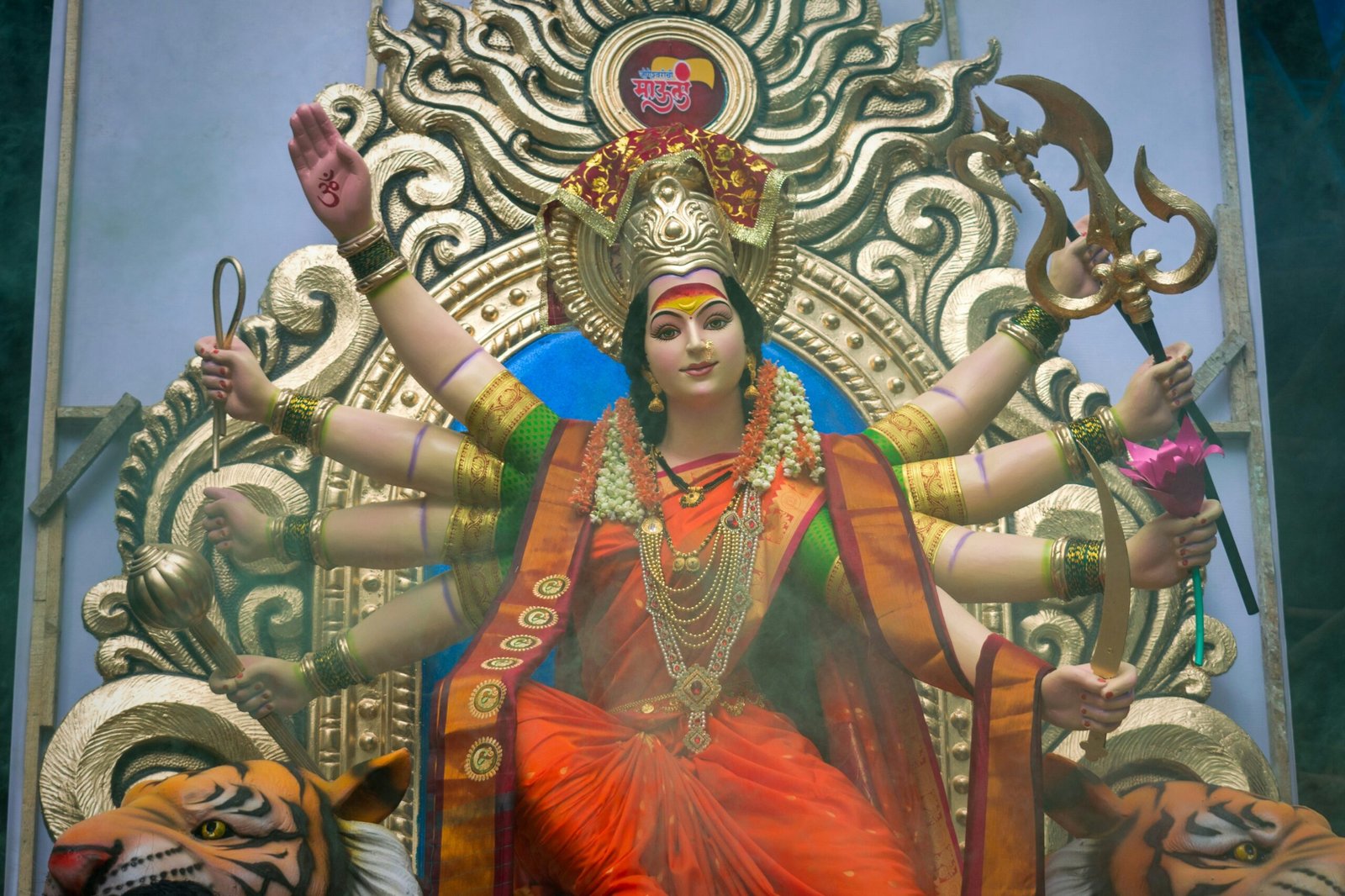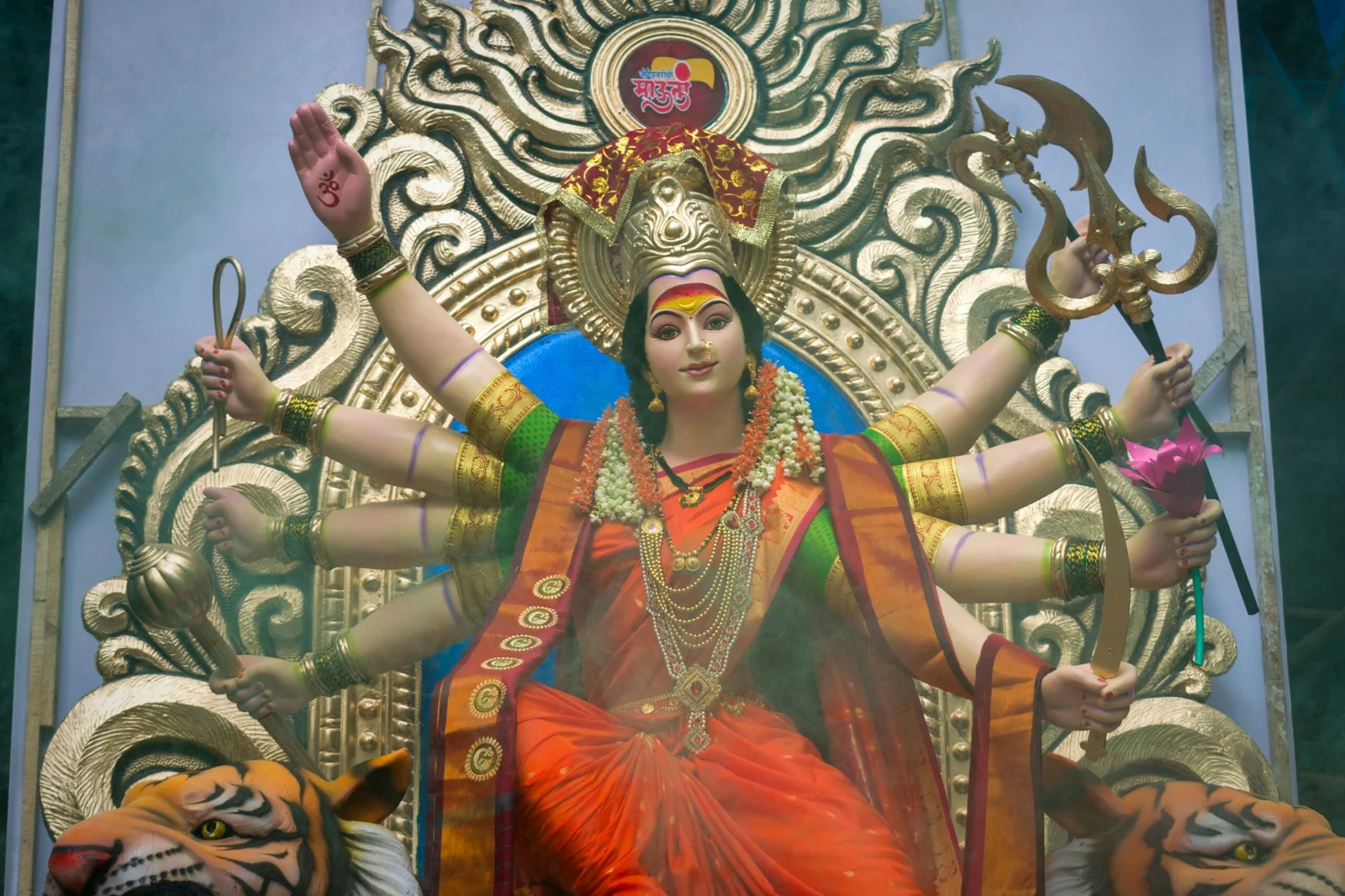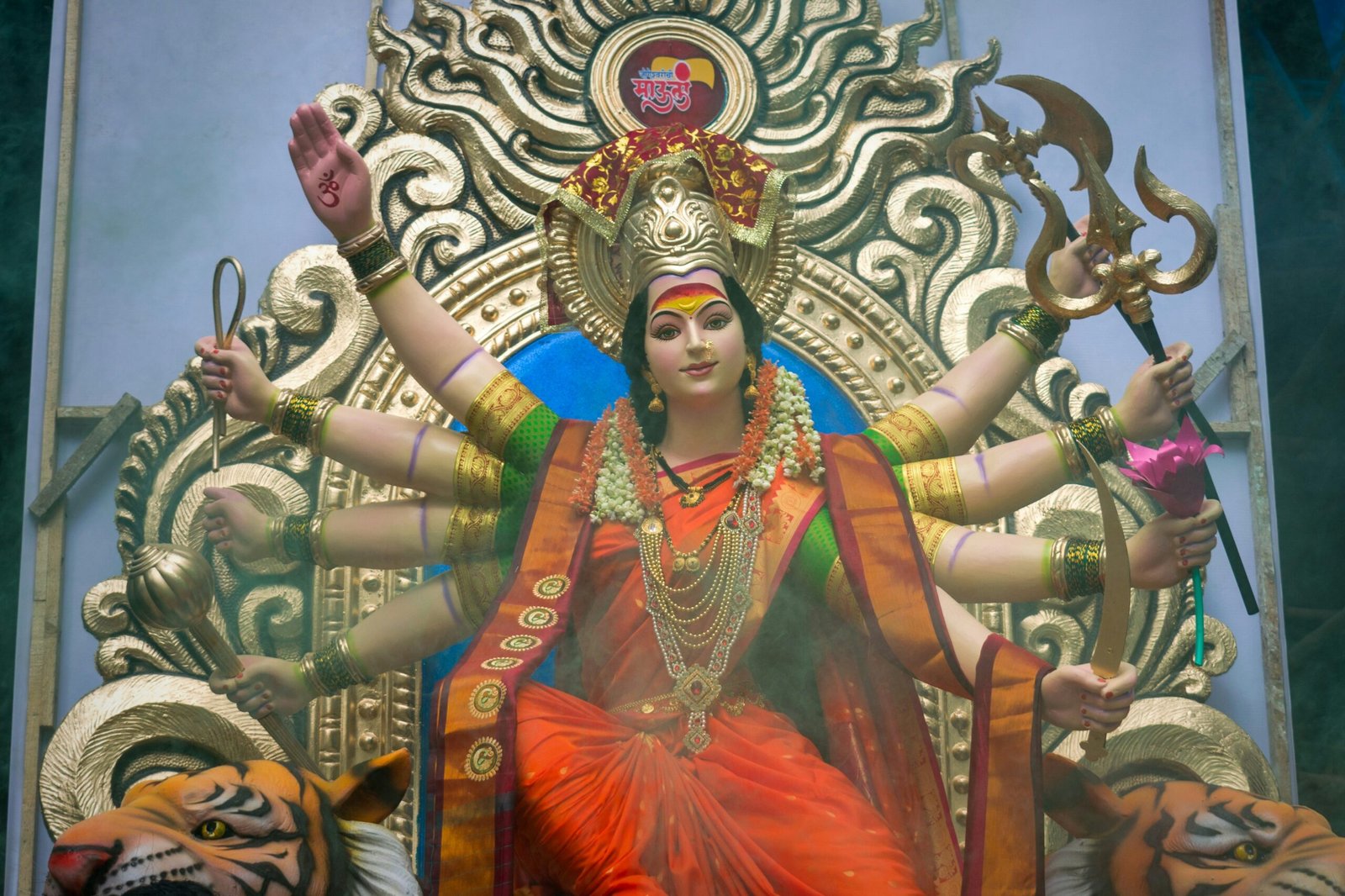
One of the reasons traditional animation continues to be cherished is because of the unique charm and character it brings to a film. Each hand-drawn frame is a labor of love, with every line and stroke carefully crafted by the animator’s hand. This attention to detail and personal touch adds a level of authenticity and warmth that is often missing in digital animation.
Another aspect that sets traditional animation apart is the level of skill and craftsmanship required. Animators must possess a deep understanding of movement, timing, and storytelling to bring their drawings to life. They must carefully plan each scene, considering the subtle nuances of body language and facial expressions that will convey the emotions and intentions of the characters.
Traditional animation also allows for a greater level of artistic expression. With each frame being hand-drawn, animators have the freedom to experiment with different styles and techniques. They can create unique visual effects, use unconventional color palettes, and push the boundaries of what is possible in the realm of animation. This artistic freedom is what gives traditional animation its distinct look and feel.
Furthermore, the process of traditional animation encourages collaboration and teamwork. In a traditional studio setting, animators work closely with other artists, such as background painters and colorists, to bring their vision to life. This collaborative environment fosters creativity and allows for the exchange of ideas, resulting in a richer and more cohesive final product.
Despite the advancements in technology, traditional animation continues to be taught and practiced in many art schools and animation studios around the world. It serves as a foundation for aspiring animators, teaching them the fundamental principles of animation and instilling in them a deep appreciation for the art form.
While digital animation has undoubtedly revolutionized the industry, traditional animation remains an essential part of its history and evolution. It is a testament to the skill, dedication, and artistry of the animators who have brought countless characters and stories to life through their hand-drawn creations.
During the Golden Age of Animation, which lasted from the late 1920s to the 1960s, traditional animation flourished and reached new heights. Studios like Warner Bros., MGM, and Fleischer Studios emerged as major players in the industry, producing memorable characters such as Bugs Bunny, Tom and Jerry, and Betty Boop.
However, the animation landscape began to change in the 1970s with the advent of computer-generated imagery (CGI). This new technology allowed for more realistic and complex animations, and it quickly gained popularity in the film industry. Pixar Animation Studios, founded in 1986, was one of the pioneers in CGI animation, producing groundbreaking films like “Toy Story” in 1995.
As CGI animation became more prevalent, traditional animation started to take a backseat. Many studios shifted their focus to computer-generated films, as they offered new possibilities and a more cost-effective production process. However, traditional animation continued to have a loyal following and remained an important part of the animation industry.
In recent years, there has been a resurgence of traditional animation, with filmmakers and audiences appreciating its unique aesthetic and charm. Studios like Studio Ghibli, known for their hand-drawn animations, have gained international acclaim and have proven that traditional animation still has a place in the modern era.
Furthermore, advancements in technology have allowed for a blend of traditional and digital animation techniques. Artists can now combine the best of both worlds, using traditional hand-drawn animation as a foundation and enhancing it with digital tools to create visually stunning and innovative works.
Overall, the history of traditional animation is a testament to the creativity and ingenuity of artists throughout the years. From the humble beginnings of the zoetrope to the rise of CGI animation, the art form has continuously evolved and adapted to new technologies and storytelling techniques. Whether it’s through hand-drawn or digital animation, the magic of bringing characters and stories to life continues to captivate audiences around the world.
The Process of Traditional Animation
Traditional animation involves several key steps, each of which requires careful attention to detail and artistic skill.
Storyboarding
The first step in the traditional animation process is storyboarding. This is where the overall story and sequence of events are planned out. Artists create rough sketches of each scene to help visualize how the animation will flow.
Character Design
Once the storyboard is complete, the next step is character design. Artists create detailed drawings of the main characters, including their appearance, movements, and expressions. This is a crucial step in establishing the look and feel of the animation.
Keyframing
Keyframing is the process of creating the key poses or frames that define the movement of the characters. Artists draw these key poses, which are then used as a reference for the in-between frames.
Inbetweening
Inbetweening is the process of creating the frames that come between the key poses. These frames help to create a smooth and fluid motion. In traditional animation, inbetweening is done by hand, with artists carefully drawing each frame to ensure a seamless transition.
Coloring and Painting
Once all the frames are complete, the next step is coloring and painting. Artists add color and detail to each frame, bringing the animation to life. This is often done using watercolors or acrylic paints.
Final Assembly
The final step in the traditional animation process is the assembly of all the frames. This involves photographing each frame and combining them to create a cohesive animation. In the past, this was done using a film camera and celluloid sheets. Nowadays, it is more commonly done digitally.
After the frames have been assembled, sound effects and music can be added to further enhance the animation. This is done in post-production, where the animation is finalized and prepared for distribution. Traditional animation requires a great deal of time and effort, but the end result is a visually stunning and captivating piece of art.
One of the advantages of traditional animation is the level of artistic control it offers. Each frame is carefully crafted by hand, allowing the animator to create intricate details and unique visual effects. This level of craftsmanship is often appreciated by audiences and can give the animation a timeless quality.
However, traditional animation also has its challenges. The process can be time-consuming and labor-intensive, requiring a team of skilled artists to work together. Additionally, changes or corrections to the animation can be difficult to make once the frames have been created.
Despite these challenges, traditional animation continues to be a popular and respected art form. It has a rich history and has been used to create some of the most beloved animated films and television shows. The process may be time-consuming, but the end result is a truly unique and visually stunning piece of art.
The Advantages of Traditional Animation
While digital animation has become the norm in recent years, traditional animation still offers several unique advantages.
Authenticity and Charm
Traditional animation has a certain authenticity and charm that is hard to replicate with digital techniques. The hand-drawn nature of traditional animation gives it a unique and personal touch that can be felt by the audience. The imperfections and subtle variations in each frame add to the overall appeal of traditional animation, creating a sense of warmth and nostalgia that is often lacking in digital animation.
Artistic Expression
Traditional animation allows artists to showcase their creativity and artistic skills. Each frame is a work of art in itself, and the process of hand-drawing each frame allows for a level of artistic expression that is unparalleled. Animators can experiment with different techniques, textures, and styles to create visually stunning and innovative animations. The ability to create intricate details and subtle nuances through hand-drawn animation adds depth and richness to the storytelling.
Timelessness
Traditional animation has stood the test of time. Many classic animated films, such as “Snow White and the Seven Dwarfs” and “The Lion King,” were created using traditional animation techniques. These films continue to be beloved by audiences of all ages, proving that traditional animation has a timeless appeal. The handcrafted nature of traditional animation gives it a sense of permanence and longevity that digital animation often lacks. Traditional animation has the ability to transport viewers to different eras and evoke a sense of nostalgia and wonder.
Emotional Connection
Traditional animation has a unique ability to create a deep emotional connection with the audience. The hand-drawn characters and their movements have a certain warmth and humanity that can be difficult to achieve with digital animation. The painstaking process of animating each frame by hand allows animators to infuse their characters with personality and bring them to life in a way that resonates with viewers on a deep emotional level. The subtle nuances and expressions in traditional animation can convey a wide range of emotions, making the characters relatable and endearing.
Flexibility and Versatility
Traditional animation offers a level of flexibility and versatility that is often overlooked. While digital animation provides a wide range of tools and effects, traditional animation allows animators to experiment with different mediums and techniques. Animators can combine traditional hand-drawn animation with other art forms such as watercolor, pastels, or even stop-motion to create unique and visually striking animations. This flexibility allows for endless possibilities and encourages animators to push the boundaries of their creativity.
In conclusion, while digital animation has its advantages, traditional animation continues to hold a special place in the hearts of many. Its authenticity, artistic expression, timelessness, emotional connection, and flexibility make it a valuable and cherished form of animation that will continue to captivate audiences for generations to come.
One of the reasons why traditional animation still holds a special place in the industry is its ability to evoke a sense of nostalgia and charm. Hand-drawn animation has a unique aesthetic that cannot be replicated by digital techniques. The imperfections and subtle nuances of each frame give traditional animation a warmth and personality that is often missing in its digital counterparts.
Furthermore, traditional animation allows for a more hands-on and tactile approach to the creative process. Animators can physically feel the pencil on paper, giving them a direct connection to their work. This tangible connection can lead to a greater sense of artistic expression and spontaneity.
Traditional animation also offers a sense of tradition and history. Many iconic animated films, such as Disney classics like “Snow White and the Seven Dwarfs” and “The Lion King,” were created using traditional animation techniques. By continuing to use these methods, artists are not only paying homage to the pioneers of the medium but also preserving a rich artistic heritage.
Moreover, traditional animation provides a sense of authenticity and craftsmanship that is often missing in the fast-paced world of digital animation. Each frame is carefully hand-drawn, showcasing the skill and dedication of the artist. This attention to detail can create a more immersive and visually stunning experience for the audience.
As technology continues to advance, traditional animation techniques are also evolving. Artists are finding new ways to combine traditional and digital methods, creating a hybrid approach that combines the best of both worlds. For example, animators may use traditional hand-drawn techniques for character animation and then incorporate digital effects and backgrounds to enhance the overall visual experience.
Furthermore, the rise of digital platforms and streaming services has opened up new opportunities for traditional animators. With the growing demand for diverse and unique content, there is a renewed interest in hand-drawn animation. Independent animators and studios can now showcase their work to a global audience, reaching viewers who appreciate the artistry and craftsmanship of traditional animation.
In conclusion, while digital animation has become the industry standard, traditional animation continues to thrive and evolve. Its unique aesthetic, sense of tradition, and craftsmanship make it a valuable and irreplaceable art form. As technology continues to advance, traditional animation will continue to find new ways to adapt and captivate audiences around the world.



